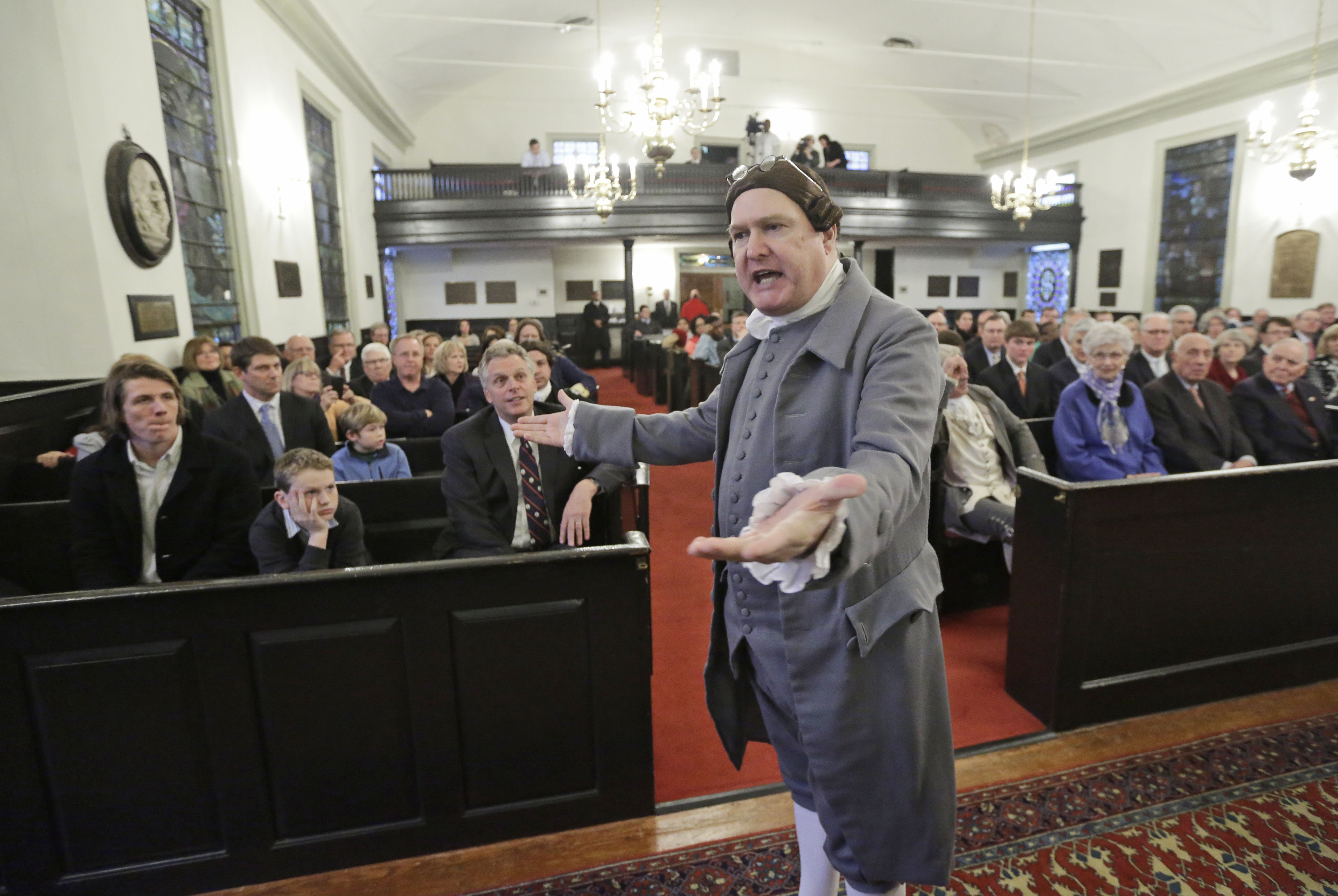What are low-power (LPTV), Class A, and TV translator stations and how does the DTV transition affect them?
Well, if you really must know...
You may have noticed that Congress mandated that “full-power” TV stations will not be able to broadcast in analog after June 12, 2009. While the majority of the viewed TV broadcast stations are full-power stations, three other categories of TV stations exist – “low-power” stations, “Class A” stations, and “TV translator” stations. There is currently no deadline for these stations to convert to digital broadcasting.
The FCC created low-power television (LPTV) service in 1982 to provide opportunities for locally-oriented television service in small communities. These communities may be in rural areas or may be individual communities within larger urban areas. LPTV stations are operated by diverse groups and organizations including high schools and colleges, churches and religious groups, local governments, large and small businesses and individual citizens. More than 2,100 licensed LPTV stations are in operation. LPTV programming can include satellite-delivered programming services, syndicated programs, movies, and a wide range of locally-produced programs.
Class A TV stations are former LPTV stations that have certain interference protection rights not available to LPTV stations. These stations are technically similar to LPTV stations, but unlike LPTV stations must air at least three hours of locally-produced programming each week and comply with most of the non-technical regulations applicable to full-power stations. Approximately 600 licensed Class A TV stations are in operation.
A TV translator station rebroadcasts the programs of a full-power TV broadcast station. Translator stations typically serve communities that cannot receive the signals of free over-the-air TV stations because they are too far away from a full-power TV station or because of geography (such as uneven terrain or mountains). Many of the 4,700 licensed TV translator stations operate in mountainous or more remote areas of the country.
There are several ways to determine whether the broadcast stations you view over-the-air (with a rooftop antenna or “rabbit ears” attached to your TV) are LPTV, Class A or TV translator stations. Class A stations are required to visually or aurally identify their stations with their community of license and call sign (that includes the suffix “-CA” for Class A) at sign on, sign off, and on an hourly basis. LPTV stations also must regularly identify their station call sign. When locally originating programming, they must visually or aurally identify their call sign and community of license at sign on, sign off, and hourly. LPTV call signs may consist of four letters followed by the suffix “-LP” (for low power) or, alternatively, five characters beginning with the letters K or W followed by two numbers (their operating channel) and two additional letters. Also, some TV translators are identified by the full-power TV stations whose signals they rebroadcast. Further, LPTV, Class A, and TV translator stations may regularly broadcast information as to their status, and may include information regarding the DTV transition.
While the June 12, 2009 deadline for ending analog broadcasts does not apply to low-power, Class A, and TV translator stations, the FCC will require these stations to convert to digital broadcasting some time thereafter. Nearly 2,000 of these stations have been authorized to construct digital facilities and some are broadcasting in digital already. The FCC is currently considering the remaining issues involved with the low-power digital transition and will make decisions regarding these stations in the future.
U.S. & World
Viewers should look for information from their LPTV, Class A, and TV translator stations about plans to convert from analog to digital broadcasting. Viewers should also visit www.fcc.gov for any updates on the digital transition of low-power, Class A, and TV translator stations.



